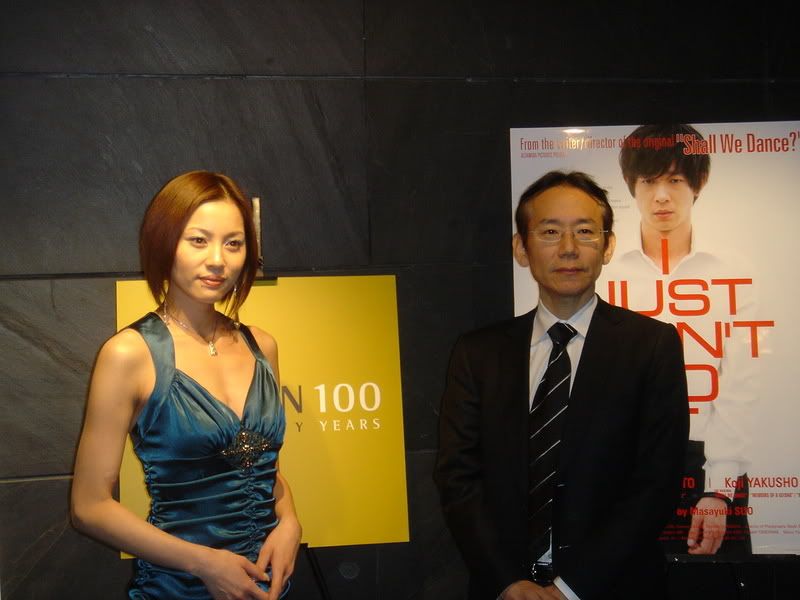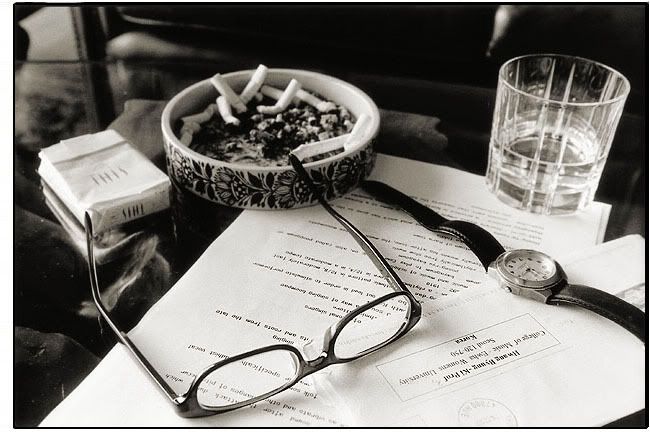As most people probably know, since the recent worldwide spread of the genre, the word manga designates Japanese comic books, originally meant for the domestic readership. They are usually published in the form of series, in black and white - most of the time. Each episode is either a stand-alone, self-contained sequence, or is marked by a progression in the storyline(s). Compared with comic books from other countries, one of the main differences seems to be in the commercial scale and therefore, the financial weight of this specific market. Many manga series sell one million copies each week, while in the West for example, a comic book usually reaches this figure in a year. A manga can be as long as 50, sometimes 70 volumes, called Tankōbon (単行本), each of which being a hundred-odd pages. Readers may have a considerable influence on the length of a series and the stories themselves.
Mass produced, manga are first published as 20-40 page episodes in “anthology” magazines printed on very low-cost newsprint paper. In this phone-book format, they constitute, to a large extent, disposable commodities. They can usually be read in a few hours, the time of a commute ride to work, or school. Once read (and maybe forgotten), it is not rare to leave one’s copy on the seat for the next train passenger to consume and enjoy. There are manga magazines at practically every corner of the street in Japan – in konbini (convenience stores), department stores, specialized kissatten (coffee shops), and of course in bookstores that generally devote them a whole floor (as is the case in the Kinokuniya bookstore in Shinjuku). There is also an abundance of works related to manga, such as drawing and illustration books, and special editions of best-selling series. These premium versions, printed on high-quality paper and known as aizōban (愛蔵版: literally, “favorite edition”) are on the other end of the commercial production. Hard-covered and in larger formats, they are sold as valuable items, rather than ready-to-read pulp.In Japan, comic books do not necessarily follow a cultural trend. Rather, they can generate or be the “mainstream” and inspire other realms of creative and artistic production, from anime, commercials, cinema to philosophy (Azuma Hiroki), design and art (Murakami Takashi). Creating manga has been an important stage in many artists' careers. This was the case of Miyazaki Hayao who became a highly respected author of animation films, to mention a particularly exemplary success. The imagery of manga has also been a rising influence on Western filmmaking, marketing and art.
The word manga first came into use in the 19th century, during the Tokugawa (or Edo) era (1603-1867, when woodblock print artist Hokusai (1760-1849) coined the compound-word by associating the kanji (Chinese character) 漫, man, which means “loose”, “random” or “vulgar” and 画, ga, which means “picture”, or “brush-stroke” to describe the type of characters he had developed for his long-running 15-volume sketchbook Hokusai manga (北斎漫画) published between 1814 and 1878. Woodblock-sequence storytelling had been a respected artistic practice in Japan for two century already. These stories were initially conceived for the educated samurai elite, and represented an exclusive form of art. But later on, during the 18th century, the Japanese “middle-class” (bourgeois and merchants known in Japanese as 町人, chōnin, which means “townspeople”) grew in political power and wealth, thus gaining access to these stories whose circulation was hitherto circumscribed to the upper class. Quite fond of the genre indeed, the merchants’ new affluence made the stories a popular variety of entertainment, in the strongest sense of the word. These woodblocks arranged in sequences were not entirely unlike modern-day manga and constitute a clearly identifiable precursor.
After the Meiji Restoration, which was also, and more fundamentally, a revolution, Japan opened the doors of its culture to foreign influences, which came to change and shape the technology and lifestyle profoundly and in many ways, irremediably. From that moment on, manga generated a newfound interest as they started incorporating Western style of drawing to the usual aspects of the genre, undoubtedly laying the foundations of the comic books we know.
Tezuka Osamu (手塚治虫) can be credited, as it were, for the single-handed creation of the manga as we know them in 1947. His work was to start a whole new and perennial visual pop culture. Before Tezuka started publishing his stories, reading manga was essentially a pre-college activity, and therefore considered a category of entertainment mainly intended for adolescents and children. But the artist elaborated a more dynamic style of illustration, and explored different angles and frames to structure his stories, taking his cue from cinematic techniques he had seen in German and French films of the time. Comic books were basically a two-dimensioned narrative space, similar to a theatrical stage where actors appear laterally from both sides of the wings. The publication of Tezuka’s second but first published series, Shin Takarajima (New Treasure Island), was a turning point in the history of manga, or rather, it announced its first steps of its own history. The scenario of the New Treasure Island, based on Robert Louis Stevenson’s eponymous novel, fascinated the readers at the time – some of whom had long stopped reading comic books. It is no exaggeration to say the manga phenomenon started from this particular story. Since then, it has not ceased expanding and diversifying.The manga project is an attempt at presenting the portraits of manga artists who, in addition to their fame in Japan and other places, have innovated, inspired, challenged the conventions and gone beyond the frontiers of the genre they create in.



